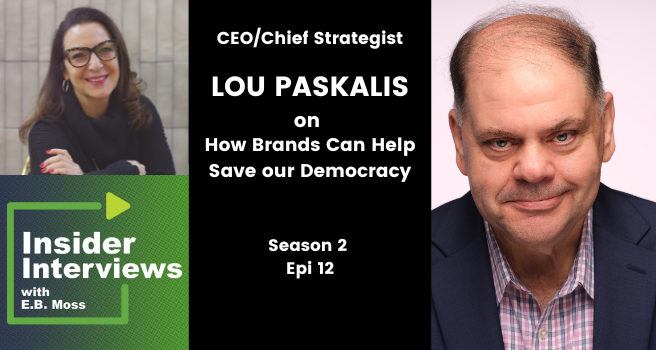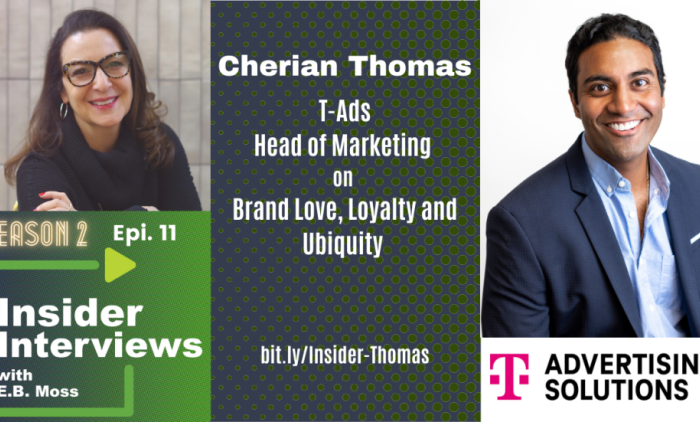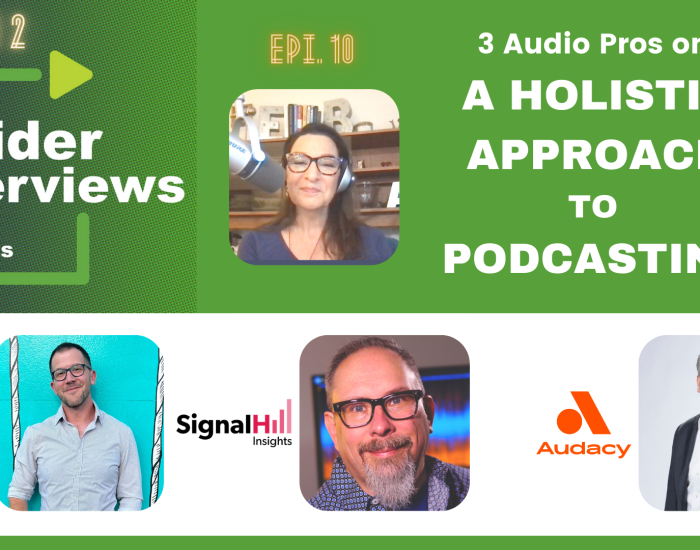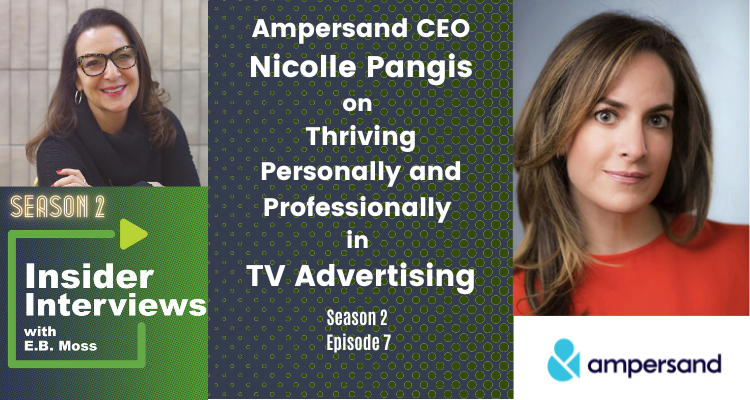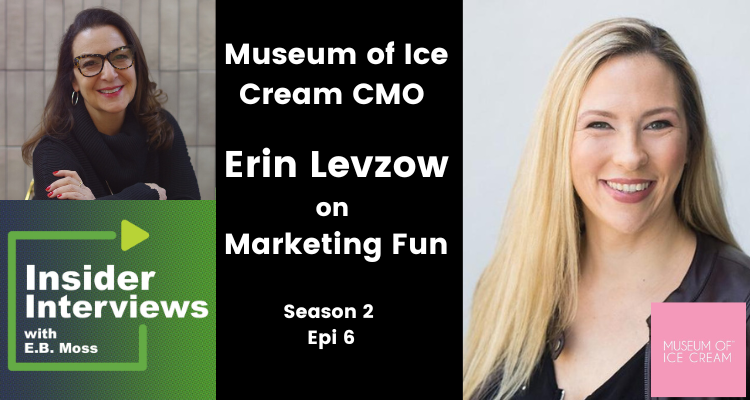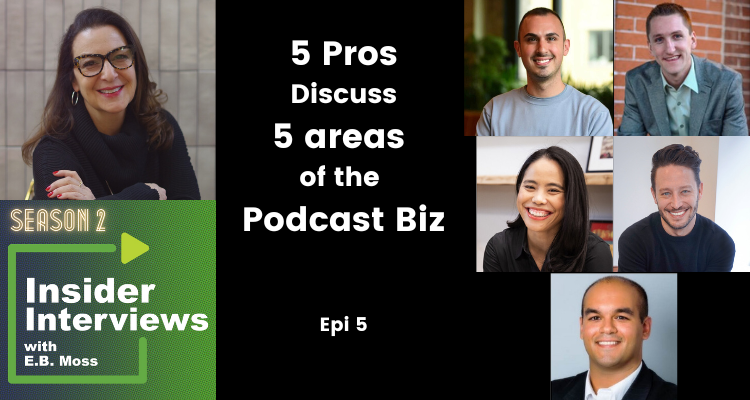Lou Paskalis: Making News About Media
Podcast: Play in new window | Download (Duration: 44:23 — 61.4MB) | Embed
Subscribe or Follow Spotify | Android | Pandora | iHeartRadio | TuneIn | Deezer | RSS | More
It’s a jam-packed Epi 12 with my longtime industry friend, Lou Paskalis, CEO and Founder of AJL Advisory and strategic advisor to Ad Fontes Media. We had a lively stroll down memory lane (and, yes, I sing to him), reminiscing about working on promotions for E&J Gallo Winery/Food Network years ago to rubbing elbows at […]

